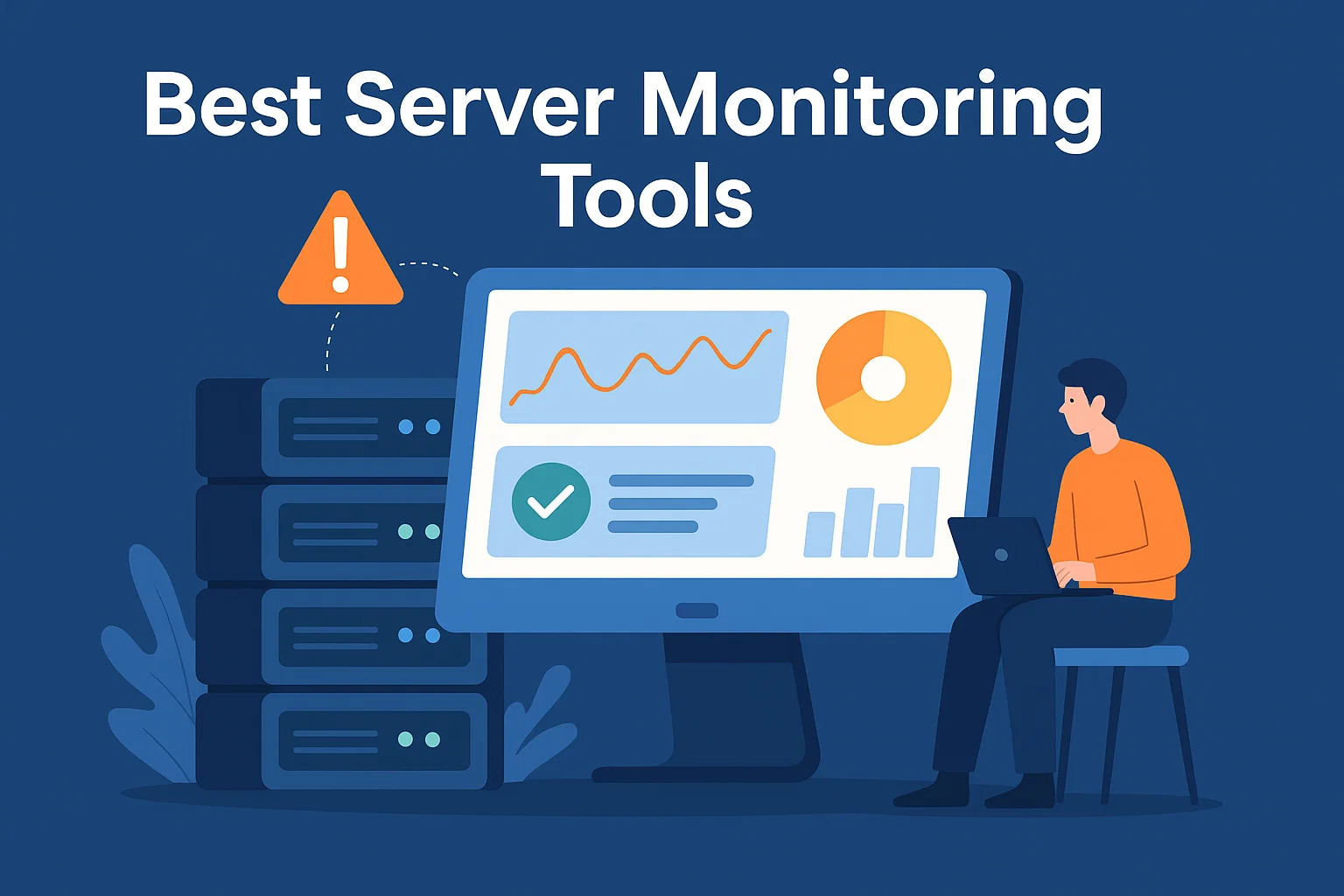MariaDB is a powerful, open-source relational database system, widely used as a replacement for MySQL. Setting up MariaDB on a Linux server allows you to store, manage, and query data efficiently for websites and applications. Learning to setup MariaDB on a Linux server is an essential skill for developers, system administrators, and anyone managing databases.

In this article, we will guide you through the complete process of installing MariaDB, configuring it, testing its functionality, troubleshooting common issues, and applying best practices for maintaining a secure and high-performing database server.
Prerequisites
Before installing MariaDB, ensure your Linux server meets the following requirements:
- Supported Linux distributions: Ubuntu, Debian, CentOS, Fedora
- User permissions: User with sudo privileges
- System updates: Keep your system updated using
apt update && apt upgradeoryum update - Network considerations: Open firewall ports if MariaDB will be accessed remotely (default port 3306)
Having these prerequisites ensures a smooth installation and configuration process.
Setup MariaDB on Linux Server
Installing MariaDB correctly is the first step toward managing databases efficiently. This section will cover the installation process, starting the service, enabling it on boot, and verifying the setup.
- Installing MariaDB
For Ubuntu/Debian systems:
sudo apt update
sudo apt install mariadb-serverFor CentOS/Fedora systems:
sudo yum install mariadb-server
sudo systemctl enable mariadb
sudo systemctl start mariadb- Starting and Enabling MariaDB
Enable MariaDB to start automatically at boot:
sudo systemctl enable mariadb
sudo systemctl start mariadb- Verifying Installation
Check MariaDB version:
mariadb --versionSecure the installation and set a root password:
sudo mysql_secure_installationConfiguring MariaDB
Proper configuration ensures MariaDB runs securely and efficiently. This section explains how to configure MariaDB for optimal performance, secure access, and database management.
- Securing MariaDB
During mysql_secure_installation, you will:
- Set a root password
- Remove anonymous users
- Disallow remote root login
- Remove test databases
- Creating Databases and Users
Create a new database and user:
CREATE DATABASE exampledb;
CREATE USER 'exampleuser'@'localhost' IDENTIFIED BY 'password';
GRANT ALL PRIVILEGES ON exampledb.* TO 'exampleuser'@'localhost';
FLUSH PRIVILEGES;- Configuring Remote Access
To allow remote connections:
- Edit
/etc/mysql/mariadb.conf.d/50-server.cnfor/etc/my.cnf - Set
bind-address = 0.0.0.0 - Restart MariaDB:
sudo systemctl restart mariadbEnsure the firewall allows port 3306:
sudo ufw allow 3306 # Ubuntu/Debian
sudo firewall-cmd --permanent --add-port=3306/tcp # CentOS/Fedora
sudo firewall-cmd --reloadTesting MariaDB
- Login to MariaDB shell:
sudo mysql -u root -p- Verify the created database and user:
SHOW DATABASES;
SELECT User, Host FROM mysql.user;Troubleshooting Common Issues
Even with proper installation, you may face problems. Learning to fix MariaDB issues in Linux ensures your databases remain secure and accessible.
Common Issues and Fixes
- Service Not Starting:
Check the status:
sudo systemctl status mariadbCheck logs: /var/log/mysql/error.log
- Authentication Errors:
Ensure correct username and password; reset root password if needed:
sudo mariadb
ALTER USER 'root'@'localhost' IDENTIFIED BY 'newpassword';
FLUSH PRIVILEGES;- Port Conflicts:
Check if another service is using port 3306:
sudo lsof -i :3306- Firewall Issues:
Allow port 3306 in the firewall and verify connectivity for remote access.
- Database Corruption:
Use mysqlcheck to check and repair tables:
mysqlcheck -u root -p --all-databases --repairBest Practices for Managing MariaDB on Linux
Maintaining a secure, stable, and optimized MariaDB server requires following best practices. Proper database management ensures performance, reliability, and security.
Security Hardening
- Regularly update MariaDB and system packages
- Use strong passwords and limit user privileges
- Enable SSL/TLS for remote connections
Performance Optimization
- Enable query caching and optimize InnoDB settings
- Monitor slow queries and indexes
- Configure backup routines for databases
Regular Backups and Monitoring
- Schedule regular backups using
mysqldumpor other tools - Monitor server resources and MariaDB logs
- Implement replication for high availability if required
By following these practices, your MariaDB server will remain secure, stable, and performant.
Conclusion
Learning to setup MariaDB on a Linux server is essential for efficiently managing databases for websites and applications. By following this guide, you now know how to install MariaDB, configure databases and users, troubleshoot common issues, and apply best practices for security and performance. MariaDB provides a reliable, scalable, and high-performance platform, making it an excellent choice for developers and system administrators. For more, visit the Official MariaDB Documentation.



